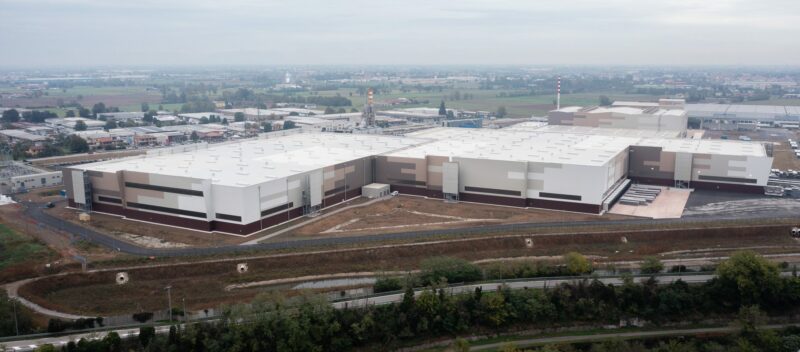Horizontal buildings: the end of an era?
Currently, 85% of France’s small and medium-sized industrial companies have all their production sites inside the country. Whether these are newbuilds, expansions, brownfield rehabilitations or additions to industrial clusters, they often need to be redesigned, overhauled and modernised. Indeed, the inclusion of ESG criteria, the need for integration into the local landscape, changes in consumption habits, as well as policies to combat climate change all involve a rethink & redesign of these facilities’ architecture. State-of-the-art factories, the installation of automated production lines and the purchase of ever more efficient machinery are key challenges facing business leaders aiming to boost competitiveness and transform for the future.
Passing on greener real estate assets
In the coming years, companies will have to meet growing consumer demand, reduce both delivery times and transport costs, and improve their environmental performance. Logistics infrastructures need to be relocated closer to urban centres to rationalise delivery to consumers. This is known as “last-mile logistics”. The strategy of moving away from densely populated areas is no longer consistent with current environmental challenges (reducing CO2 emissions, official “low-emission zones” in cities, decarbonisation, etc.) or with the consumer expectation of receiving their parcel within 1 hour of ordering – preferably by low-carbon delivery. Retailers therefore need to move back into cities with eco-responsible distribution networks, taking up less land by going vertical.
In addition, new regulations – such as France’s services sector decree – require logistics projects to be environmentally friendly and minimise greenhouse gas emissions. Investing in modern logistics platforms such as multistorey warehouses creates a variety of growth opportunities. Indeed, a multistorey facility enables various activities to be grouped under the same roof.
A multistorey building also supports biodiversity better than a single-storey building, by providing the same floorspace on a smaller footprint. For GSE, green spaces and the protection of wildlife are priorities in the construction of a building. Indeed, our multistorey buildings have received various labels and certificates, such as BiodiverCity®, BREEAM and LEED.
Vertical construction and mix of activities
Building a mixed-use facility combining a logistics warehouse with offices and/or a head office considerably reduces soil sealing. Public authorities have made the fight against urban sprawl a priority. In France, the government aims to halve the sealing of natural, agricultural and forest land over the next ten years.
This policy supports the development of suburban warehouses and strategically located business premises, which are in high demand. This is where multistorey logistics buildings come into their own. Vertical warehouses offer a series of key benefits, including safety & quality, efficient management, increased productivity and – of course – space optimisation.
Automated vertical warehouses can also guarantee greater safety and improved quality of work for operators. These warehouses significantly improve the efficiency of stock management and increase productivity. By addressing challenges and anticipating market trends, logistics real estate continues to position itself as a key, highly attractive asset class in Europe.



